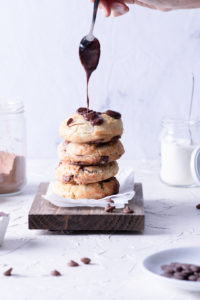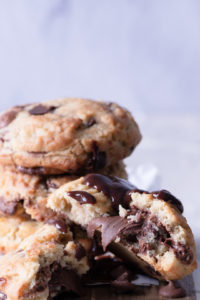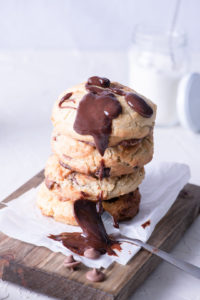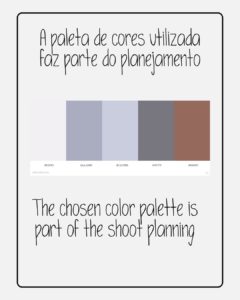Planning a food photography shoot: efficiency
It doesn’t matter if you are a beginner photographer or a highly skilled professional, if you only shoot personal projects at home or shoot for clients at locations such as restaurants. Regardless of this, you must thoroughly plan your shoot in advance and not rely on divine inspiration on set. After all, you must
Does it mean that’s no room for creativity? Absolutely not, on the contrary. Undoubtably, arriving at the set with a plan in mind makes me feel more prepared and relaxed; consequently, I’m in a better position to deal with the pressure of having the client next to me on set and something unexpected comes up (think power shortage or a brand-new lens falling on the ground – I’ve been there).
Planning allows the shooting session to be quicker and more efficient, therefore resulting in a larger quantity of photos, consistent and cohesive images that together tell a story. Without a solid plan and creative direction, one can easily get lost choosing props and backdrops instead of thinking about lighting, composition, and client’s needs.
For a long time, I’ve neglected the planning stages, leaving important details behind. Even though I planned, it wasn’t as comprehensive as it is today. I strongly recommend spending more time brainstorming and planning the shooting session beforehand, since it will upgrade your work.
Creating the master plan for shooting day: cookies
Recently, I shot 6 different types of cookies for a client. For each of them I followed the script below:
Check List for Shooting Cookies
Photo Shoot Check List Templates
- 2 to 3 reference images according to client’s needs and directions
- What’s the subject of the shoot?
- Nutella stuffed cookies
- What’s interesting about the subject? What do I want to highlight?
- Chocolate chips, filling
- What feelings do I want my image to show?
- Indulgence, comfort, calmness
- What’s the style of the image?
- Light, bright, and simple settings
- Lighting and shadows:
- Diffuse light, coming from the left and soft shadows
- Angles and orientation:
- Vertical, 45º and straight on
- Depth of field:
- A bit of soft focus on the background
- Color theory:
- Color palette obtained from references provided by the client, soft.
- Composition ideas:
- Vertical spoon with Nutella
- Backgrounds:
- White and marble
- Main props:
- Silver spoon, wooden board, parchment paper and chocolate chips
- Equipment / lenses:
- 105 mm macro
After I created and started following this template, my shooting days became more fluid and efficient and my work definitely got better, since I not only capture images that meet my client’s needs, but that also tell a story and are tied together.




Gathering information: initial stage
Ideally, we, as photographers, would receive a detailed brief from the client with all specifications and references needed. However, it rarely happens because in general clients can’t express exactly what they want / need, either because they don’t know what they want or they simply don’t know how to explain it.
Remember: clients don’t need to give us a detailed brief. It’s our responsibility to translate their needs to a proposal, following the subsequent steps:
- Meeting with client / discovery call:
- What will be shot?
- How many photos in total?
- What emotions do the images have to convey?
- Brand and references color palette
- Where will the images be used (media)?
- Orientation / format
- Preferred lighting
- Visual references (help build the brief):
- Mood board on Pinterest, for example
- Past work
- Developing (and approving) a proposal:
- Contract (usage and rights of images)
- Planning (previous topic)
- Detailed template / check list
- Equipment and lenses
- Shooting day:
- Studio or in location, such as restaurants
- Editing:
- Lightroom, Capture One and / or Photoshop
- Final images:
- Files on cloud, pen drive, oriented material
How about planning consistently?
Enjoy your photos!

6 Comments